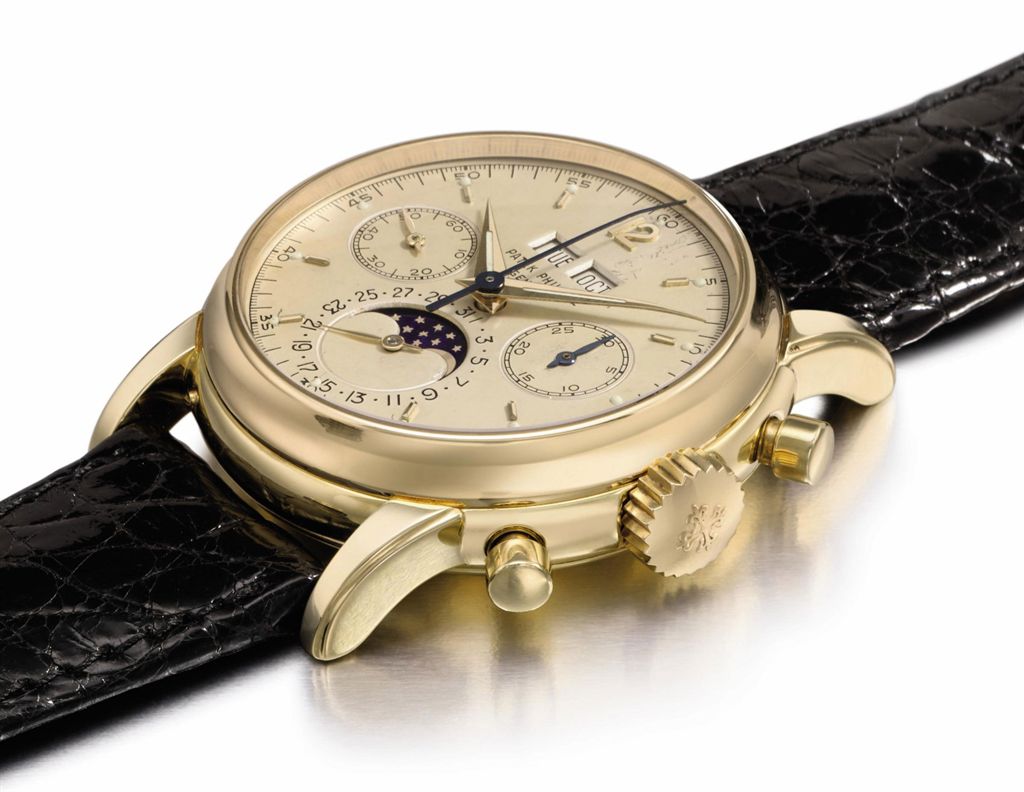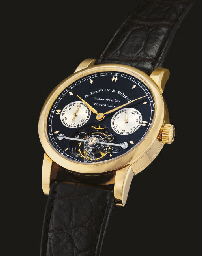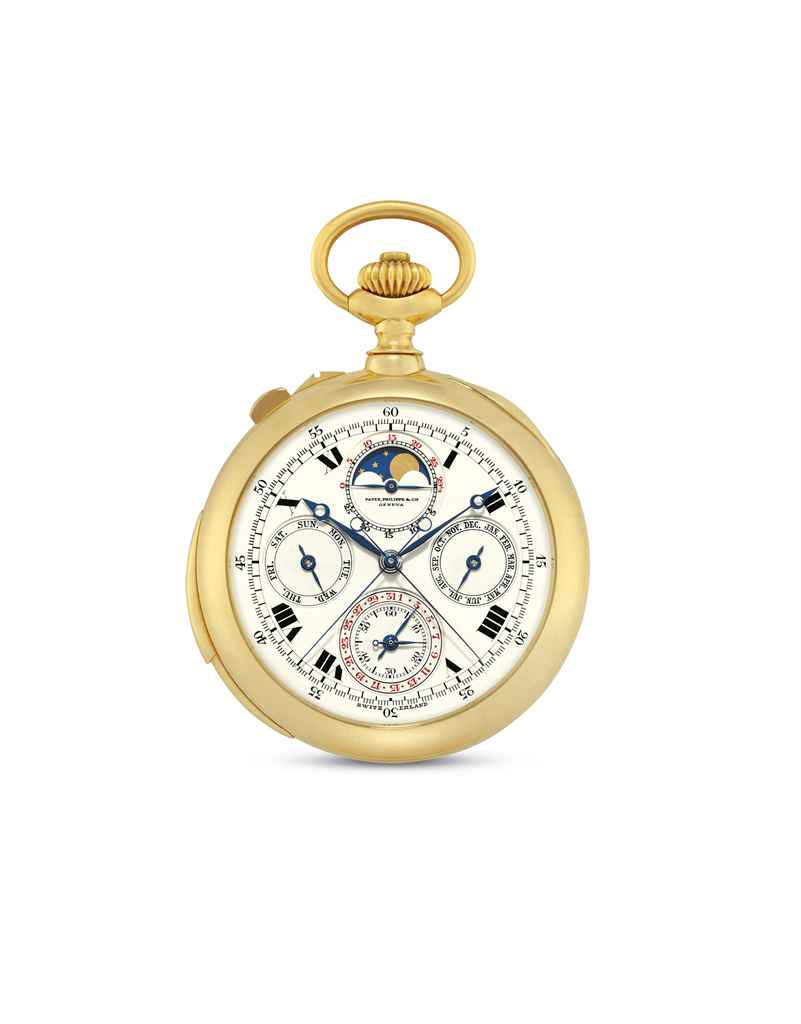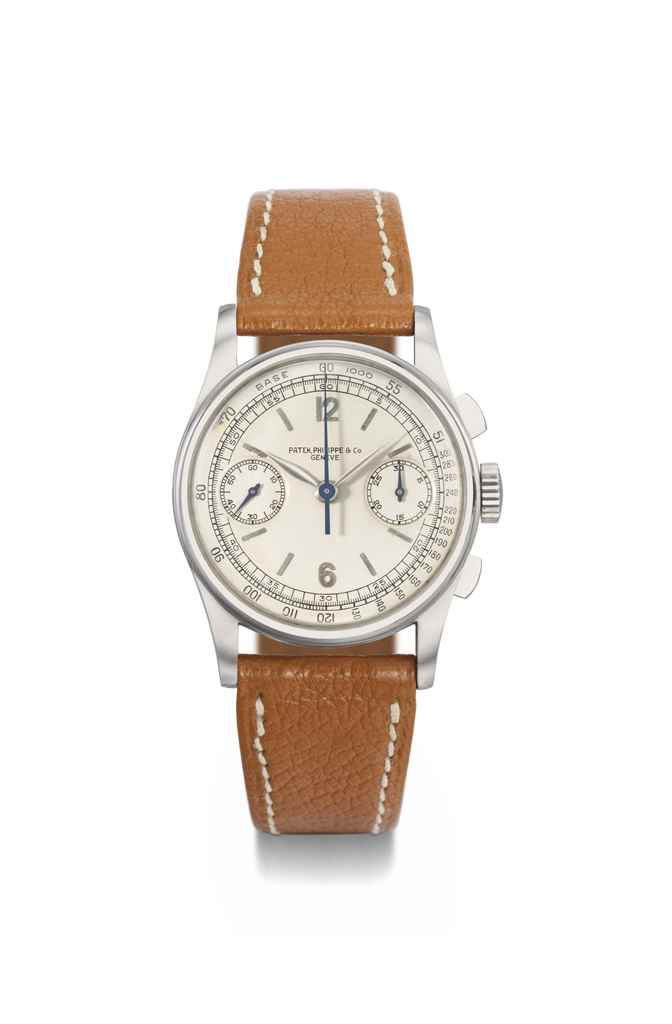A fine and rare Charles II brass lantern clock of impressive large proportions Thomas Knifton London, circa 1665 The posted countwheel bell striking movement with remote hour hammer pivoted between lugs riveted to the upper surface of the gallery top plate above verge escapement set within the gallery and short bob pendulum now swinging within the frame of the case at the rear, the dial signed Thomas Knifton at the (crossed keys) in Lothbury, London towards the upper margin of the dial centre and with engraved stylised flowering tulip scrolling infill beneath, the centre with alarm disc and distinctive sculpted iron 'arrowhead' hand within applied 7.25 inch circular silvered Roman numeral chapter ring with stylised fleur-de-lys half hour markers and leafy infill to spandrel areas, the large 'Lothbury' type frame with column-turned corner posts beneath open-work gallery and foliate pierced and engraved frets set between multi-knop vase-shaped finials with domed bell bearer incorporating decorative pierced lobes and fitted with further central finial above, the sides with brass doors, the rear with iron hanging hoop and short spurs, on turned ball feet, 50cm (19.75ins) high. Provenance: From the estate of an esteemed antiquarian horologist, purchased at Sotheby's, Bond Street, London, 11th June 1998 (lot 343). Thomas Knifton is recorded in Loomes, Brian LANTERN CLOCKS and Their Makers as born in Nottingham 1614 and apprenticed to William Sellwood in 1632 gaining his freedom of the Clockmakers' Company in 1640. He worked at the Cross Keys, Lothbury in St. Margarets Parish and at one time at the Draper's Arms. He died in January 1667 in the parish of St. Botolph's, Bishopsgate from a sudden illness. He was a prolific maker of lantern clocks who was probably succeeded by John Ebsworth who invariably signed his early clocks with the same 'crossed keys' device. The current lot was clearly made to impress with the frame being of particularly large proportions. The incorporation of a pierced gallery above the movement top plate is perhaps first seen on a clock originally made with balance wheel (probably dating to the 1640's) by David Bouquet illustrated in White, George, English Lantern Clocks on page 110 (Figure II/141). Bouquet was a French Huguenot immigrant whose clocks tended to exhibit strong a Continental influence. For balance wheel clocks the gallery naturally provides a convenient enclosed space for the balance to oscillate. Relatively few lantern clocks with true enclosed galleries appear to have been made, however during the 1640's a pattern of fret was developed which incorporated a pierced gallery to the lower edge in order to give a similar visual impression, this type of fret was often used by Knifton. The scale of the frame is impressive and of a size normally reserved for quarter chiming clocks with the additional space being necessary for the third train. The gallery also provides an additional platform onto which the hour and quarter hammers can be fitted without conflicting with the balance wheel. The developement and relative standardisation of this type of chiming lantern clock (contained within a frame of large proportions incorporating a gallery for the balance wheel) is principally associated by George White (English Lantern Clocks page 155) to the workshop of Peter Closon during the 1640/50's, although other examples are known by various makers including Knifton, Henry Child and Ahasuerus Fromanteel Technical developments, which included invention of the pendulum in 1658, resulted in a gradual overhaul of lantern clock design during the early 1660's, with balance wheel escapements being superseded by verge escapements and short bob pendulums and trains wound via Huygen's endless rope system (rather than by separate lines and weights) which required the striking trains to be 'reversed'. The provision of a short pendulum required some inventive thinking with regards to the positioning of the alarm mechanism
A fine and rare Charles II brass lantern clock of impressive large proportions Thomas Knifton London, circa 1665 The posted countwheel bell striking movement with remote hour hammer pivoted between lugs riveted to the upper surface of the gallery top plate above verge escapement set within the gallery and short bob pendulum now swinging within the frame of the case at the rear, the dial signed Thomas Knifton at the (crossed keys) in Lothbury, London towards the upper margin of the dial centre and with engraved stylised flowering tulip scrolling infill beneath, the centre with alarm disc and distinctive sculpted iron 'arrowhead' hand within applied 7.25 inch circular silvered Roman numeral chapter ring with stylised fleur-de-lys half hour markers and leafy infill to spandrel areas, the large 'Lothbury' type frame with column-turned corner posts beneath open-work gallery and foliate pierced and engraved frets set between multi-knop vase-shaped finials with domed bell bearer incorporating decorative pierced lobes and fitted with further central finial above, the sides with brass doors, the rear with iron hanging hoop and short spurs, on turned ball feet, 50cm (19.75ins) high. Provenance: From the estate of an esteemed antiquarian horologist, purchased at Sotheby's, Bond Street, London, 11th June 1998 (lot 343). Thomas Knifton is recorded in Loomes, Brian LANTERN CLOCKS and Their Makers as born in Nottingham 1614 and apprenticed to William Sellwood in 1632 gaining his freedom of the Clockmakers' Company in 1640. He worked at the Cross Keys, Lothbury in St. Margarets Parish and at one time at the Draper's Arms. He died in January 1667 in the parish of St. Botolph's, Bishopsgate from a sudden illness. He was a prolific maker of lantern clocks who was probably succeeded by John Ebsworth who invariably signed his early clocks with the same 'crossed keys' device. The current lot was clearly made to impress with the frame being of particularly large proportions. The incorporation of a pierced gallery above the movement top plate is perhaps first seen on a clock originally made with balance wheel (probably dating to the 1640's) by David Bouquet illustrated in White, George, English Lantern Clocks on page 110 (Figure II/141). Bouquet was a French Huguenot immigrant whose clocks tended to exhibit strong a Continental influence. For balance wheel clocks the gallery naturally provides a convenient enclosed space for the balance to oscillate. Relatively few lantern clocks with true enclosed galleries appear to have been made, however during the 1640's a pattern of fret was developed which incorporated a pierced gallery to the lower edge in order to give a similar visual impression, this type of fret was often used by Knifton. The scale of the frame is impressive and of a size normally reserved for quarter chiming clocks with the additional space being necessary for the third train. The gallery also provides an additional platform onto which the hour and quarter hammers can be fitted without conflicting with the balance wheel. The developement and relative standardisation of this type of chiming lantern clock (contained within a frame of large proportions incorporating a gallery for the balance wheel) is principally associated by George White (English Lantern Clocks page 155) to the workshop of Peter Closon during the 1640/50's, although other examples are known by various makers including Knifton, Henry Child and Ahasuerus Fromanteel Technical developments, which included invention of the pendulum in 1658, resulted in a gradual overhaul of lantern clock design during the early 1660's, with balance wheel escapements being superseded by verge escapements and short bob pendulums and trains wound via Huygen's endless rope system (rather than by separate lines and weights) which required the striking trains to be 'reversed'. The provision of a short pendulum required some inventive thinking with regards to the positioning of the alarm mechanism















Testen Sie LotSearch und seine Premium-Features 7 Tage - ohne Kosten!
Lassen Sie sich automatisch über neue Objekte in kommenden Auktionen benachrichtigen.
Suchauftrag anlegen